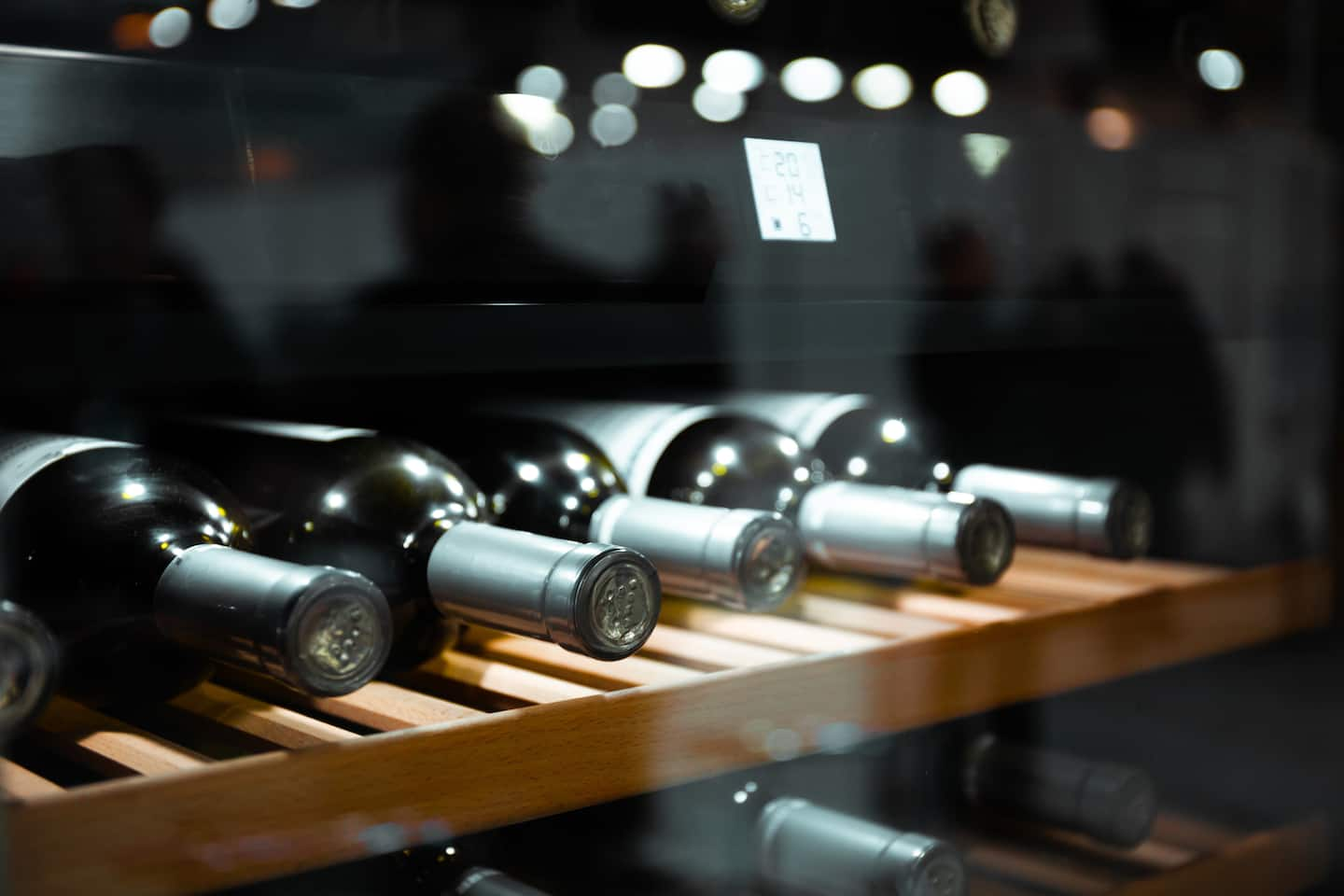The ideal temperature for your wine is probably not what you think

Temperature is important because it affects a wine’s aroma, and aroma is the most important component of flavor. Try this simple experiment: The next time you pull a bottle of white wine from your refrigerator — assuming it has been in there for several hours or days, good and cold — pour yourself a glass and give it a sniff and a taste. It will smell and taste cold. Just cold. You may notice the alcohol. As the wine warms up, say in 30 minutes to an hour, you should detect fruity aromas and flavors. Even two hours after removal from the fridge, the bottle may be near room temperature but should feel cool to the touch and the wine cool on your palate. By then, it will be giving you everything it has to give. No need for ice buckets.
Now open a bottle of room-temperature red and pour yourself a glass. Taste it, then put the bottle in the refrigerator for 30 minutes while you cook dinner. Pour yourself a second glass of the refrigerated red and compare it with the first. The slightly chilled wine should be livelier than the warmer glass, which may taste dull and, if a heavier wine, alcoholic.
As always, the weight of the wine makes a difference. Lighter wines benefit from being colder (though not days-in-the-refrigerator cold), while heavier wines should be just cooler than room temperature. So rosé, riesling, gruner veltliner, sauvignon blanc and other lighter white wines achieve their refreshing apogee when cold, while weightier whites such as chardonnay, pinot gris and the Rhone varieties such as viognier, roussanne and marsanne show better when cool. This advice holds for sparkling wines as well: Cold emphasizes their crisp, refreshing nature, and as they warm up, fruit and other flavors become more pronounced.
With reds, the lighter gamay (beaujolais), pinot noir and various lesser-known grapes such as trousseau, trendy in certain circles because they have never been commercially popular, all benefit from a good chill, but not refrigerator temperature. Many natural wines tend to be lighter in weight, and benefit from a chill. Bigger reds: Your cabernet sauvignon or chateauneuf-du-pape are best slightly cool. Lowering their temperature by a bit moderates the alcohol and releases the aromas.
You can, of course, adjust the temperature of your wine to suit your preference. Just remember: Cool, not cold.
So how should you keep your wine at the right temp? If you have a temperature-controlled cellar or a wine fridge that maintains a constant 58 degrees Fahrenheit (some fridges have separate temperature zones a little warmer for white wines), just take your bottle out 30 minutes or so before dinner to let it acclimate. White or red, doesn’t matter.
If, like me, you live the perpetual dance of adjusting the thermostat to that fine line of just cool enough for wine and warm enough for humans, you won’t need to do much. If you can think ahead, put your white wine in the fridge a few hours before dinner. Pour yourself a glass when you start to prepare dinner, and at that time put your red wine in the door of the fridge to chill. If you only open one bottle, you get the idea.
For a dinner party (remember those?) an ice bucket is ideal for chilling several bottles. But not just ice — ice and cold water maximize the temperature exchange and cool the wine faster.
My secret weapon is a gel-pack sleeve marketed by Rapid Ice. I keep three of these in my freezer and slip one around a bottle to give it a quick chill; 20 minutes or so and the wine is ready to go. You could get by with just one of these freezer sleeves, but most wine geeks would probably feel existential dread if they had fewer than two.
Experiment! If your wine is too cold, it will warm up. If it’s too warm, stick it in the fridge or wrap it in a frozen gel sleeve for 20 or 30 minutes. You’ll discover the temperatures that give you the best experience with your wines. They just may not be the temperatures you expect.






